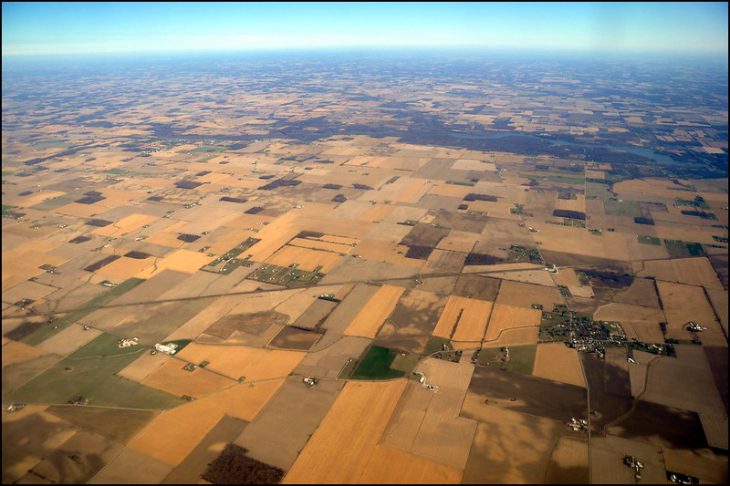Farming is one of the oldest forms of technology in human history. Although farming today may include the use of heavy machinery and other modern tools, the true innovation in farming began about 10,000-20,000 years ago during the Neolithic Agricultural Revolution when people established permanent settlements and learned to increase their food production by fertilizing the soil.
The first forms of fertilizer came from animal manure, which provided a source of nitrogen to the soil. Nitrogen is an essential nutrient for life, as nitrogen is one of the building blocks of the amino acids that form our DNA. Applying manure directly to soil was the first way people learned to increase the productivity of their fields, as the nitrogen in manure was broken down by microorganisms to enrich the soil. The use of animal fertilizers led to an increase in animal husbandry and a growth in population.
Most of the nitrogen on Earth is in our air, as the molecule N2, and only certain organisms have the ability to harness this vast reservoir of nitrogen. Some microorganisms are able to convert nitrogen in the air into ammonia (NH3), which is a form of nitrogen that enriches the soil and can be used by plants. Some plants also have the ability to harvest nitrogen from the air—bean plants and other legumes are examples—which also enriches the soil with nitrogen that can be used by other plants. Many lifeforms, including people, obtain nitrogen from eating plants, or eating other animals that eat plants.

The Earth’s atmosphere is mostly nitrogen and oxygen, which is a lot different from Venus and Mars! From Wikimedia Commons.
A breakthrough discovery in farming occurred in the early twentieth century that enabled the technological production of ammonia-based fertilizers by combining the nitrogen in air with hydrogen gas. This is an industrial process that requires high temperatures as well as a metal surface for enabling the reaction, which today is known as the Haber-Bosch process. The fertilizer produced from the Haber-Bosch process allows farmers to spray their fields with nitrogen as dissolved ammonia, which soaks into the soil so that it can feed the roots of plants. The use of these synthetic fertilizers has multiplied the productivity of farms and allowed Earth’s population to swell to many billions of people.
The large-scale use of fertilizers also contributes to air pollution. Excess fertilizer that is not used by plants can re-enter the atmosphere in the form of ammonia or nitrous oxide (N2O). The accumulation of these gases can be detected by satellites, particularly in areas of intense farming with dense populations. These pollutants do not last very long in Earth’s atmosphere before they are washed out by rain or destroyed by sunlight. The fact that satellites can measure these pollutants means that they are being constantly produced as a result of human technology.
The nitrogen cycle, with pictures! Thanks to microbes and Haber-Bosch, we literally eat our air!
Our recent study accepted for publication in The Astrophysical Journal Letters showed that the byproducts of farming could be detectable with space telescopes and suggested that the combination of ammonia and nitrous oxide would be evidence of technology if seen on another planet. We used the NASA Planetary Spectrum Generator to simulate the light that would be observed from a distant planet around another star with ammonia and nitrous oxide in the air from large-scale farming. We found that present-day levels of ammonia and nitrous oxide would be challenging to detect on another planet at interstellar distances, but higher levels of these pollutants from a population of 30 billion or 100 billion people would be easier to notice.
The idea that ammonia and nitrous oxide is connected with farming on Earth suggests that this combination of pollutants could be remotely detectable evidence of technology—known as a technosignature. The Haber-Bosch process is a technological innovation on Earth that has allowed people to harness the nitrogen in our air and convert it into food, with pollution as a byproduct. Detecting these pollutants in the atmosphere of a distant planet similar to Earth would thus be compelling evidence of extraterrestrial technology. The Haber-Bosch process could even be done sustainably for millions of years or longer, so extraterrestrial farming might be a good example of a technosignature for scientists to search for.
Scientists are currently developing telescope designs that could be able to search for evidence of ammonia or nitrous oxide in the atmospheres of planets around other stars. It may be several decades before such telescopes are built, but studies like this help to show the kind of science that could be done with future advanced telescopes.


